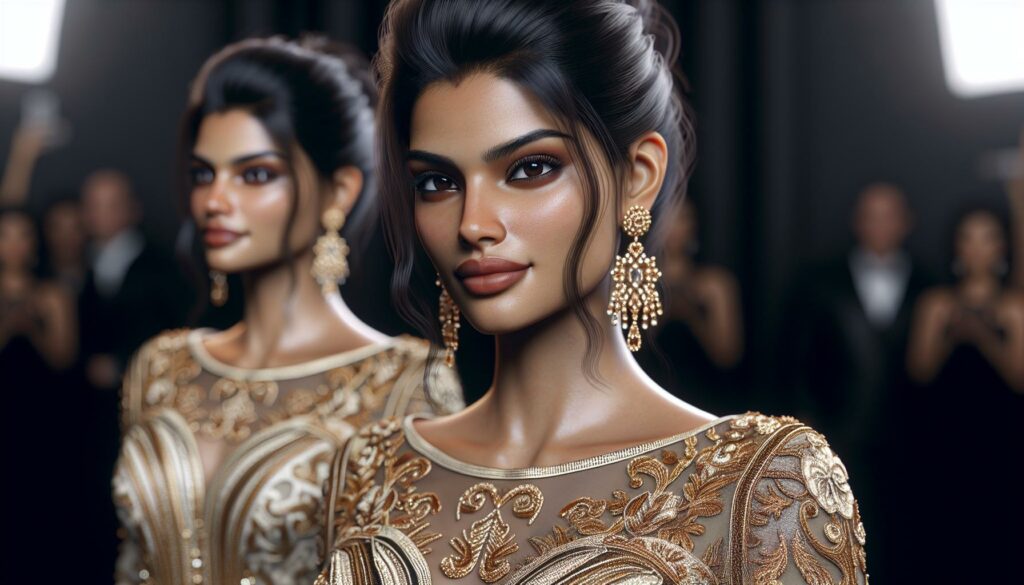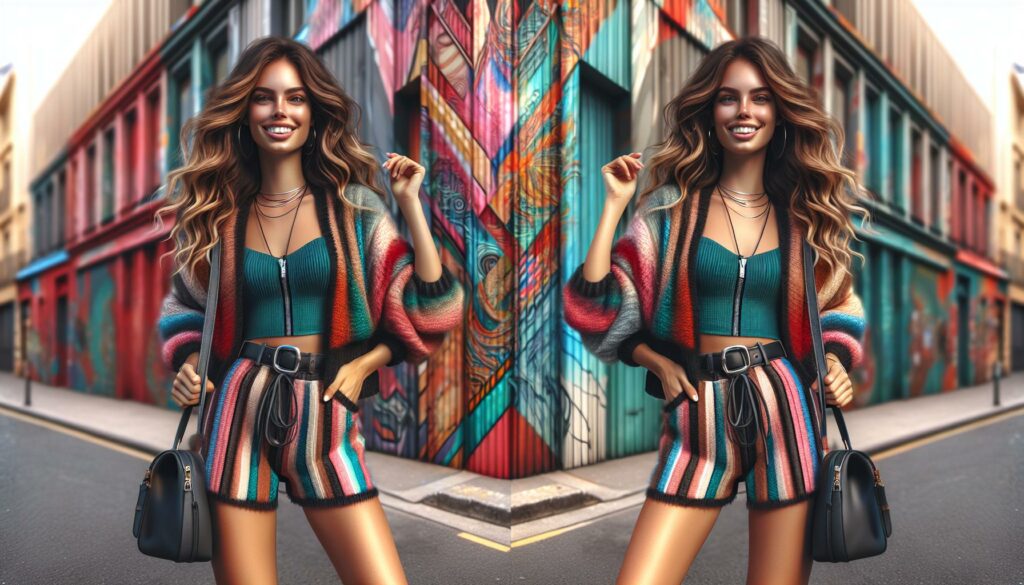 The world of filmmaking has long been the space where creativity meets technology. However, the recent developments in artificial intelligence have taken this juncture to a whole new level. No longer is AI just an assistant in the creative process; it is now becoming a full-fledged filmmaker. From script generation to video editing, AI automates many movie-making processes, reducing production costs and making quality content accessible to everyone.
The world of filmmaking has long been the space where creativity meets technology. However, the recent developments in artificial intelligence have taken this juncture to a whole new level. No longer is AI just an assistant in the creative process; it is now becoming a full-fledged filmmaker. From script generation to video editing, AI automates many movie-making processes, reducing production costs and making quality content accessible to everyone.
In this article, we are going to investigate how AI is transforming the movie-making process at each level, from scripting to final production, and how creators can utilize these technologies to make spectacular films in a relatively painless way.
AI-Powered Scriptwriting: The Foundation of a Movie
A good movie begins with a good script. Traditionally, screenwriters spend weeks and months in dialogue, narrative structure, and crafting characters. Today, however, the same AI technology can analyze vast datasets on their movie plots, dialogues, and even storytelling structures to give an entire script in just minutes.
AI can even suggest plot twists, refine dialogue, and even generate unique character arcs based on genre-specific patterns. Not only do these tools speed up the writing process but also allow amateur filmmakers to create compelling narratives without prior experience.
Analyzing successful films will help AI identify what makes a movie script compelling and copy it, using new, creative avenues to do so. That is not to say the human mind has no creativity to offer; there is simply a smart co-pilot to get them organized in their creative pursuit.
AI in Pre-Production: Storyboarding and Scene Planning
Once the script is ready, AI intervention occurs to support pre-production work where storyboarding, sequencing scenes in advance, and scheduling production come into play. AI can generate automatic visual storyboards using an understanding of the script to avoid hand-drawn sketches.
With these AI tools, the best angles, lighting configurations, and shot compositions are predicted depending on the tone and mood that the script requires. Using machine learning ensures one gets an accurate blueprint of their movie well in advance of shooting a single shot, thus reducing flashbacks during production.
AI-Generated Footage and Animation
The AI-generated media now produce high-quality video content without having to use pricey cameras or big production crews. AI models are now able to generate realistic scenes, actors, and even whole landscapes with a minimal amount of human input.
This is especially useful in animation and CGI-heavy productions where AI-generated backgrounds, character movements, and effects reduce manual work. Moreover, AI-powered tools can also make seamless blends of real and synthetic footage and are therefore accessible to high-budget special effects for independent creators.
With the emergence of AI-powered AI movie maker tools, even the smallest filmmakers can now produce films of professional grade without having to resort to massive inputs. These AI-driven facilities make it easy to generate scenes, edit footage with highly effective visual effects, and make filmmaking much quicker and more efficient.
AI-Powered Video Editing: Saving Hours of Handiwork
The editing process is probably the most labor-intensive part of filmmaking, but AI has brought automation into the process. AI video editors can analyze footage and automatically cut, splice, and arrange scenes to create a seamless narrative flow.

These tools can identify key moments in a video; remove unnecessary clips, generate smooth transitions between scenes, and much more. Another quite impactful feature is AI-driven color grading- this is the adjustment of the visual tone of the film to suit a specific mood.
Some AI editing platforms also employ facial recognition technologies, which simplify the tracking of characters throughout the film and thereby modify scenes based on that recognition. This can automate the amount of work in the hands of editors, focusing more on creativity rather than repeated tasks.
AI Augmented Visual Effects (VFX)
Gone are the days when visual effects (VFX) required large teams of experts and months of work. AI has significantly accelerated the process of applying effects, from de-aging actors in films to generating hyper-realistic CGI environments.
AI can automatically rotoscope (cut out objects from a scene), apply motion tracking, and upscale lower-resolution footage to make it look much better. Deep learning models can be trained to generate realistic explosions, weather effects, and other complex animations that would otherwise require hours of post-production time and money.
With AI-driven tools, filmmakers can now achieve Hollywood-level special effects by analyzing existing footage and enhancing it with cinematic quality effects in real time.
AI Voiceovers and Sound Design
The audio of a film is just as important as its visuals. AI-generated voiceovers and sound effects are helping filmmakers create top-notch audio without the need to hire professional voice actors. AI voice synthesis can generate realistic dialogues with customizable tones, accents, and emotions, making it easy for filmmakers to bring characters to life effortlessly.
For those seeking automated narration or dubbing, AI-powered tools in the AI video maker app deliver the perfect fit. These apps can create voices for films across different languages. Thus, filmmakers can reach larger audiences worldwide with their movies.
AI also strengthens sound design capabilities by analyzing what kind of atmosphere a scene deserves and suggesting appropriate background music, or even generating it. As a result, extensive manual mixing and mastering jobs are avoided when working with a film’s sounds.
AI in Distribution and Marketing
Beyond production, AI is crucial in how films reach the audience. Algorithms powered by AI analyze viewing habits and suggest the best distribution platforms for a particular movie. AI can also automatically generate movie trailers by selecting the most impactful clips based on audience preferences.
AI also assists marketing efforts and is employed in making targeted advertisements and personalized trailers. It can predict how an audience would react to a movie, and through that, it can tailor marketing campaigns to enhance audience engagement and ticket sales.
Future of AI in Filmmaking
AI in filmmaking is expanding rapidly, and we are just scratching the surface of what’s possible. With the evolution of technology, AI will likely be even more integrated into the movie-making process in the future, assisting filmmakers in real-time scene generation, emotion-driven AI actors, and interactive storytelling.
Though AI cannot recreate the human form of creativity, it serves as a strong means of facilitating quicker and more effective completion of the filmmaker’s visions. In other words, with all technicalities under the care of AI, storytelling, innovation, and emotional depth become the heart of a filmmaker’s film.
In a world where high-quality filmmaking was once reserved for those with large budgets, AI is democratizing the industry. Whether you’re an independent filmmaker, a content creator, or an aspiring director, AI-driven tools offer an unprecedented opportunity to create stunning visual narratives with ease.

Conclusion
As a result of incorporating AI into filmmaking, the industry is being transformed from its core. From scriptwriting and editing to visual effects and voiceovers, AI is streamlining every process of movie production. With the help of AI movie makers and video generator applications, even individuals with no knowledge can make professional films without the need for expensive equipment or large teams.
As AI technology improves, the realm of automated filmmaking is no longer limited but rather endless. The future is not just to tell stories on the silver screen but to merge human innovation with AI-backed efficiency in advancing the boundaries in the world of film.


